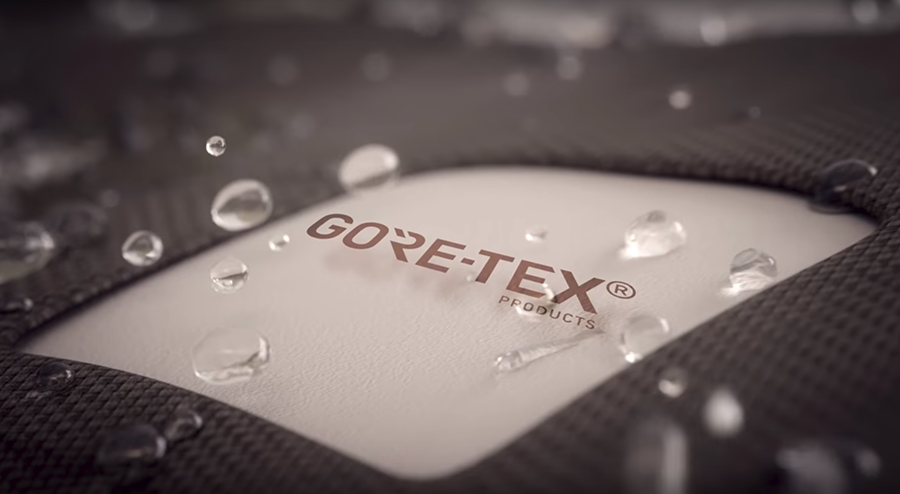W. L. Gore & Associates, Inc. or simply ‘Gore’ is an American multinational manufacturing company specializing in products derived from fluoropolymers. This Newark, Delaware-based company is best known for its waterproof, breathable Gore-Tex fabrics.
The company uses PTFE – a.k.a. Teflon – in a variety of products. However, today most of its products are made with so-called expanded PTFE (ePTFE), a form of stretched PTFE discovered accidentally by Bob Gore, the son of the company founders, in 1969, reports IEEE Spectrum.
Paul Campbell and Linda Elkins, coleaders of Gore’s Silicon Valley innovation center believe ePTFE could be a breakthrough in digital health wearables. Linda Elkins spoke at our WT Wearable Technologies Conference in San Francisco.
Tekla S. Perry of IEEE Spectrum visited the center when Campbell and Elkins gave her a sheet of expanded polytetrafluoroethylene polymer to feel. “The flexible, stretchable fabric, thinner than an onion skin, was silky and soft. Draped on my hand, it looked and felt almost invisible,” she writes.
When PTFE is stretched quickly, it elongates but keeps its original shape, and becomes expended PTFE or ePTFE. It is extremely flexible.
Read more Stretchable Sensors Will Change the Way Sensors Are Integrated Into Wearables
There are various reasons that make this material ideal to be used in a wearable devices, according to Elkins:
- It can allow air or even water vapor through while still being waterproof, making it very useful for sweaty athletes.
- It is possible to structure one sheet of material to be both waterproof and breathable, making it comfortable for long-term use and at the same time protect electronic components from wetness.
- Another feature makes it very attractive to the manufacturers, who can print electronic circuits directly onto it.

Lab tests have shown that the material can be used to create electronic components that maintain a constant resistance when being stretched, though that feature has yet to make it into a product.
Campbell and Elkins concluded that the company needs to tap into the startup community to quickly turn the material into digital health products.
“We think that we can help change these products from something like the classic pink rubber eraser—thick and only slightly flexible—to something more like a Band-Aid,” said Campbell.
Ms. Perry found drawers at Gore’s innovation center filled with materials for developers and entrepreneurs to play with.
Read more Breakthrough Innovations That Will Shape Our Future
The Gore executives have met with about 500 startups over the past year, and signed three on to the innovation program so far. Only two of the deals have been made public to date, they are: Bonbouton (to develop printable graphene-based temperature sensors) and Kenzen (to field test a sensor patch that looks at biomarkers in sweat to monitor the health of workers in extreme environments).












